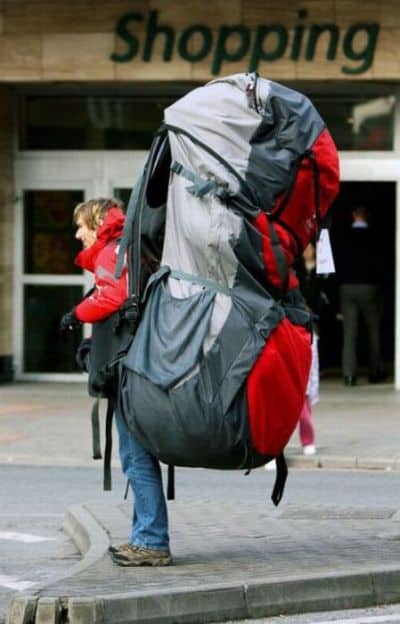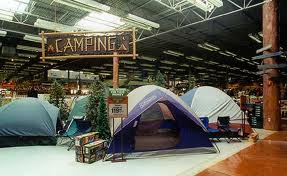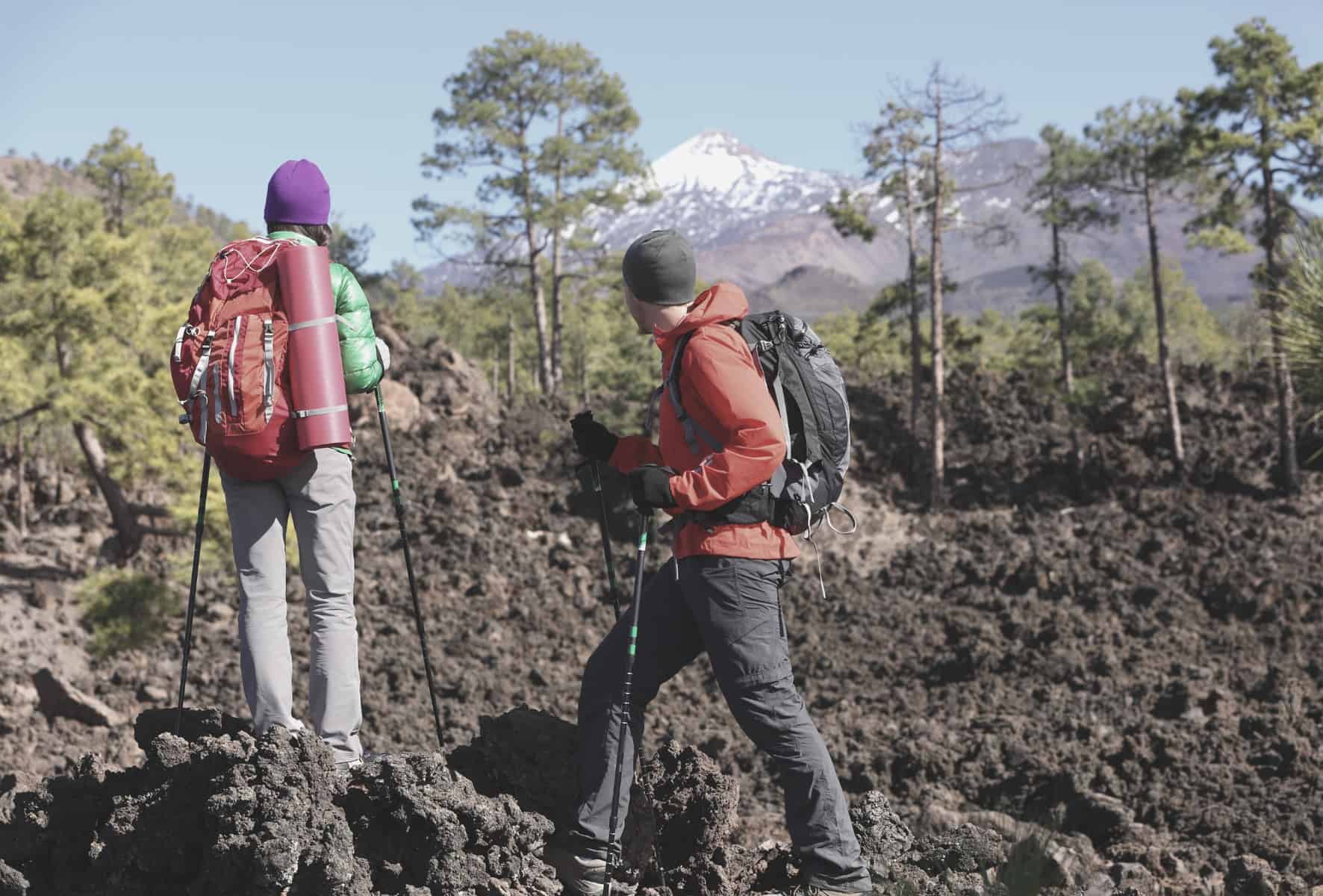Every credible organization provides a pack list to participants before taking them on any sort of high adventure backpacking outing. Inexperienced participants and their parents dutifully take these pack lists into stores to buy everything, exactly as it is written on the list. This is all very nice, except some pack lists are not very good at all. Some are out-of-date and others are poorly conceived. Even so, they are doggedly enforced by the leaders of the trek – sometimes to the detriment of the overall experience.
Backpacking Lists – Why Bother?
Many backpacking pack lists were first drawn up years ago and passed down from leader to leader over the years. Each organizer is doggedly determined to maintain their list in deference to the traditions or safely issues perceived concerns of the organization. The result of these old lists is frustration and added expense because outdoor equipment design and manufacturer has changed a lot in the past decade.
Sometimes it also boils down to a problem of control. Many adults have some experience with the outdoors and they believe they know best how to equip a group for a successful and safe backpacking adventure. Fair enough; but, when does wilderness experience turn into hubris?
There are items on every pack list that are included because the leader thought it was a good idea, but have little actual impact on the success of the trip and may in fact hinder it.
Specifying a really large backpack for Philmont might not be such a good idea.

One day I received a message from a worried mother in Texas who said that her son needed a 90 liter pack in order to go to Philmont. The reason? His adult leader had decided that everyone on his trek should have the biggest pack possible for flexibility in carrying the group equipment. So he informed the parents that every Scout needed at least a 90 liter pack, even if they already had a smaller pack they had been using on previous backpacking trips. (The last time I went to Philmont, most hikers in my group carried 60-65 liter packs and had plenty of space.)
Still not sure which pack to get? The check out our guide to the best boy scout back packs.
One local group provides a very detailed list of clothing and equipment for their 30 day wilderness outpost. Parents bring the list into REI every year and spent an unbelievable amount of money to outfit their sons and daughters. They refuse to consider any item that is not 100% in compliance because they are worried about being reprimanded by the leaders. Sadly, the date on the pack list says 2004! This leaves many shoppers scrambling to find pieces of equipment that are not commonly used anymore because they have been replaced by newer products with better features.
One example is the external frame hiking pack, which is frequently specified on old pack lists but increasingly difficult to find because backpack designers have embedded the frame in virtually all newer packs to make them lighter, more flexible, and more durable (and cheaper). Then there is the down sleeping bag which has been historically villanized because getting old down sleeping bags wet generally renders them useless to protect a hiker from the cold. As a result, there are many old pack lists that specifically say “no down” that few parents will even consider down bags as an option – even for desert camping. Never mind that newer Dri-Down bags have be chemically treated to provide protection against absorbing moisture and they dry out pretty quickly.
Here are some other dubious items I have seen on lists provided by outing organizers:
- 50 feet of blue parachute cord for emergencies. No other color is allowed.
- A completely clear nalgene bottle without logos, presumably so leaders can make sure hikers are drinking enough water.
- MSR stoves with red fuel bottles, even though there are many newer isopropane stoves that are lighter and easier to use.
- Plastic knife fork and spoon. Sporks are not acceptable.
- Non-Deet bug repellent (which doesn’t work as well as the real thing!)
- Small flashlights but no headlamps.
- 100% Cotton shirts (haven’t they heard that cotton is rotten?).
- Zero degree Fahrenheit sleeping bags that must weigh less than three pounds. These extremely warm and light bags are difficult to find and very expensive when they are available. Maybe the original list maker meant zero degree Centigrade, but no parent had the nerve to question him about it.
- And the list goes on and on.
Backpacking at its core is very simple. You hike from once place to another and try to connect with nature and fellow hikers along the way. There are many ways to safely outfit yourself and your crew, as evidenced by the thousands of backpacking products available in hundreds of outdoor stores and websites. Leaders need to understand the reasons items are on their lists and consider substitutions when reasonable.
There are lots of stores and lots of products for backpackers, but there is no one perfect pack list.

The backpacking pack list on this website might be the most downloaded list used by Boy Scouts in the United States. At the very beginning we state that “pack lists are a philosophical exercise and this list should be considered a starting point for discussion.” There are good reasons to carry everything on the list – and also good reasons to leave some of it at home or change things out.
If you are leading an outing, it is more Scoutly to be flexible. It will be more fun for you and the Scouts and a lot less aggravation for the parents. The more rigidly a leader adheres to a dubious pack list, the more likely that hikers will carry unnecessary items. So check your list and lighten up.
For more information about Scout backpacking, join the 50miler.com Backpacking Resource Center Group on Facebook.


Dennis, I agree that many items are carried on backpacking trips out of an abundance of caution by the leaders. The BBA courses go a little overboard in the respect. It is up to the trek leaders to decide which guidance to follow with their crew on a backpacking trip. With beginners, you might need more “Margin of safety error” stuff than with other types of groups. Thanks for the comment.
Great article – but you skipped one aspect of pack lists. Not to be too snarky, but many “safety” items are on list are to appease the lawyers. If I carried all the safety gear listed by BSA, my pack would be heavy and huge. I’m too old to carry unneeded gear.
Finally someone is sticking up for the poor parents that are being intimidated into buying stuff that we really don’t need. I have a closet full of equipment that the old Scoutmaster wanted for my oldest son but isn’t acceptable for my other son in a new Troop.